4 tips for hosting an ecofriendly Thanksgiving
Coming together for the holidays can produces a lot of waste. But with proper preparation, yours can be an environmentally friendly gathering.

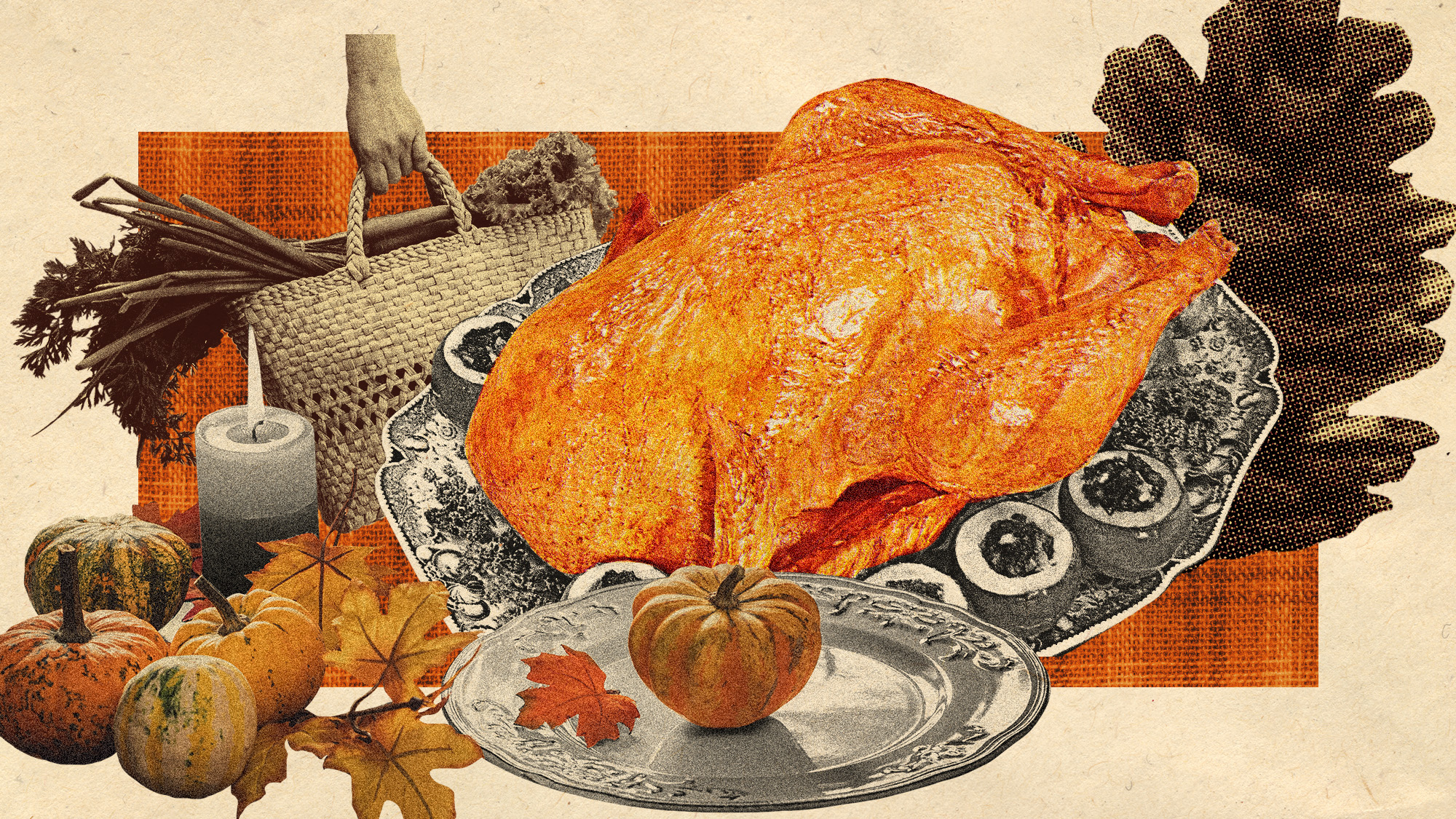
Thanksgiving meals are a time to gather for an abundant spread with your family and friends. With that excess comes a lot of leftovers — and waste. That does not have to be the case, though. In an era in which the climate and the environment are a top concern for many of us, aiming for a more sustainable holiday is optimal. These tips help ensure a more eco-friendly Thanksgiving meal this holiday season.
Choose your turkey with intention
The turkey is typically the centerpiece of the Thanksgiving spread, so being mindful about how you shop for one sets the tone for a more sustainable holiday. Understanding the differences between labels like organic, free-range, or pasture-raised could help.
Organic turkeys have been "raised on organic feed with no antibiotics." Free-range birds "had access to outdoor space at some point in their lifecycle," said Columbia Climate School's State of the Planet. Look for labels like USDA Organic and Animal Welfare Approved to "identify these more sustainable birds." On the other hand, "pasture-raised is a largely unregulated term," so you should "look to the individual farm for more information."
The Week
Escape your echo chamber. Get the facts behind the news, plus analysis from multiple perspectives.

Sign up for The Week's Free Newsletters
From our morning news briefing to a weekly Good News Newsletter, get the best of The Week delivered directly to your inbox.
From our morning news briefing to a weekly Good News Newsletter, get the best of The Week delivered directly to your inbox.
Make other adjustments to your menu
"Be deliberate about what you're putting on your menu, right down to the last potato," Canadian sustainability advocate Sarah Robertson-Barnes said to Green Matters. One of the easiest ways to reduce waste is to "avoid cooking too much food," said The Associated Press. Calculating portions based on your guest count will "limit leftovers that might end up uneaten."
Regarding sides, shopping locally can help you lean towards a more eco-friendly holiday meal. "Buying locally sourced ingredients from farmers markets will reduce your carbon footprint," Mandy Applegate of Hungry Cooks Kitchen said to the outlet. Focusing on seasonal produce such as squash, corn, sweet potatoes, and cranberries can also be beneficial. Maximizing how you cook your food is another crucial step for sustainability. When cooking multiple dishes, "use the oven efficiently by baking several items at once to save energy," said the Associated Press. You can also consider using a slow cooker, which "uses less electricity than an oven."
Use sustainable Thanksgiving decorations
How you decorate for Thanksgiving can "add charm to your festivities," but the approach does not "have to be wasteful," the Associated Press added. Avoid using one-time-use plastic plates, cutlery and decorations. You can make your own decorations using reusable items in Thanksgiving colors. Decorating with "seasonal natural foliage helps to avoid plastic waste and pollution and creates a new tradition," Applegate said to the outlet.
Foraging to create DIY decorations can be an activity the whole family works together to do. "Gather leaves, pinecones, acorns or dried flowers to decorate the table," she added. You can also use pumpkins or gourds, which can all be composted after the holiday. Reusable Thanksgiving-themed cloth napkins, table runners and ceramic dishes can be brought out every year to reduce the waste of disposable items.
A free daily email with the biggest news stories of the day – and the best features from TheWeek.com
Make a plan for how to deal with your leftovers and scraps
Knowing what you will do with food-prep scraps and leftovers can ensure a more sustainable outcome. Create a compost station for your guests to discard vegetables and scraps. Composting helps to "reduce food waste that would otherwise end up in a landfill," said the Associated Press. You should also clearly set up labeled bins to dispose of recyclable materials.
When aiming for a "zero waste" Thanksgiving, the "freezer plays a crucial role," Green Matters said. Make the most of your freezer by storing vegetable remnants for broth-making and "leftover Thanksgiving food for on-the-go dinners later." Not only will you avoid waste, but it will save you on "substantial spending and unnecessary grocery runs." Simple changes like this can go a long way toward making this "holiday season an environment-friendly one," the organization said. After all, "we can honor our commitment to protecting nature while also not compromising on our celebrations."
Theara Coleman has worked as a staff writer at The Week since September 2022. She frequently writes about technology, education, literature and general news. She was previously a contributing writer and assistant editor at Honeysuckle Magazine, where she covered racial politics and cannabis industry news.
-
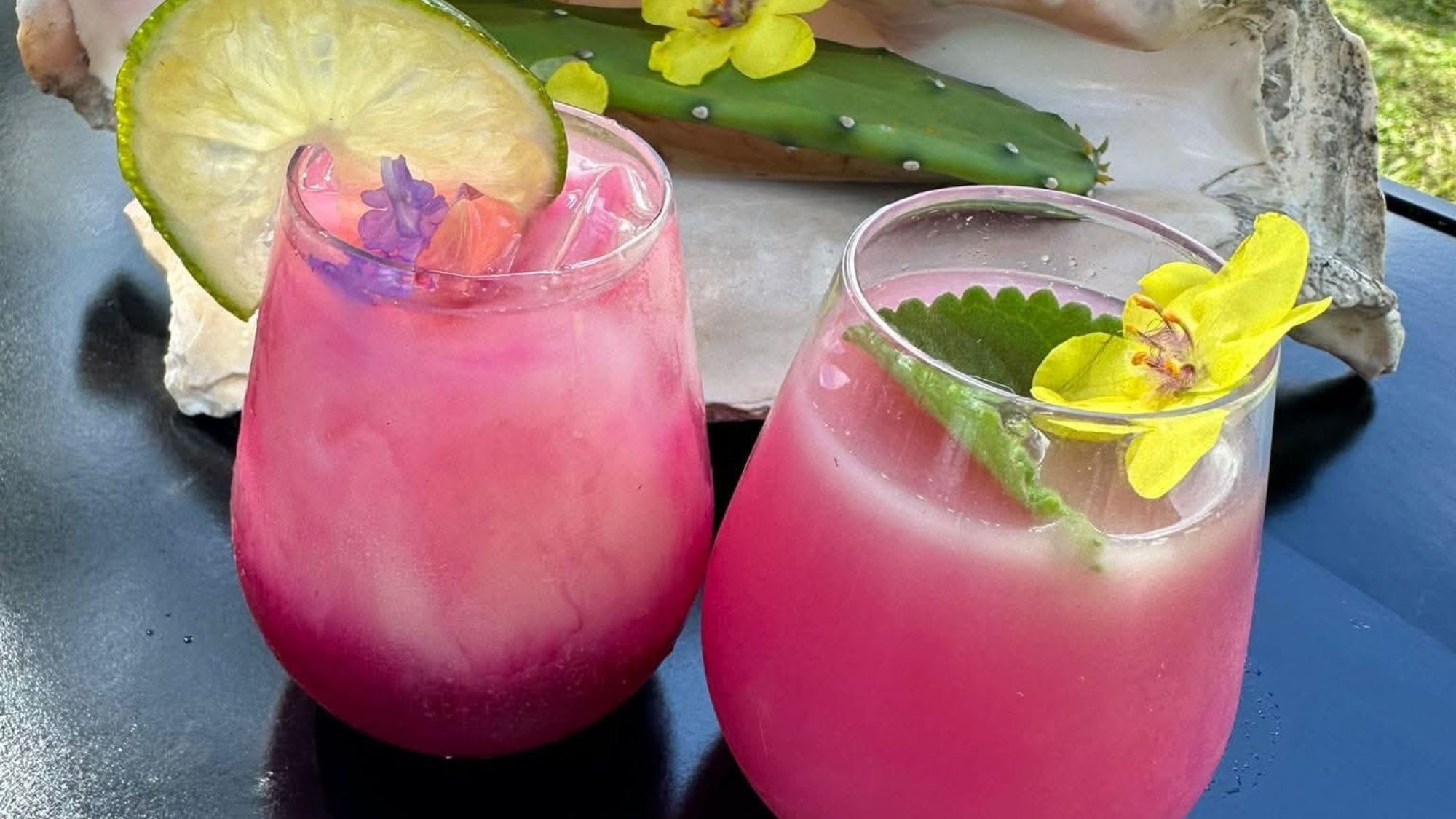 Prickly pear juice recipe
Prickly pear juice recipeThe Week Recommends Jewel-toned, natural juice is a thirst-quenching treat
-
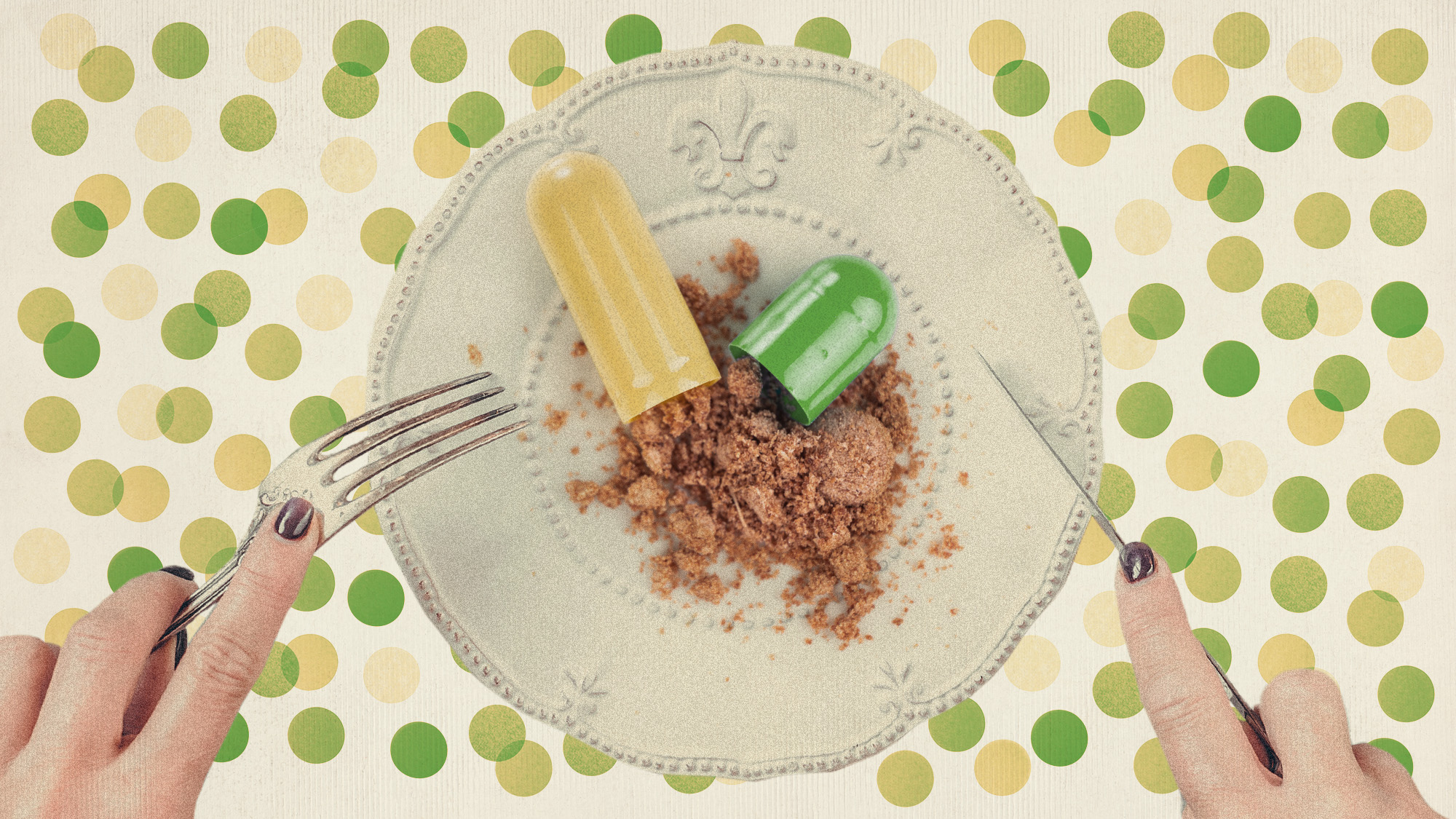 The truth about vitamin supplements
The truth about vitamin supplementsThe Explainer UK industry worth £559 million but scientific evidence of health benefits is ‘complicated’
-
 Is convenience culture killing community?
Is convenience culture killing community?In The Spotlight A decline in emotional intelligence could be responsible for a diminished sense of belonging
-
 8 incredible destinations to visit in 2026
8 incredible destinations to visit in 2026The Week Recommends Now is the time to explore Botswana, Mongolia and Sardinia
-
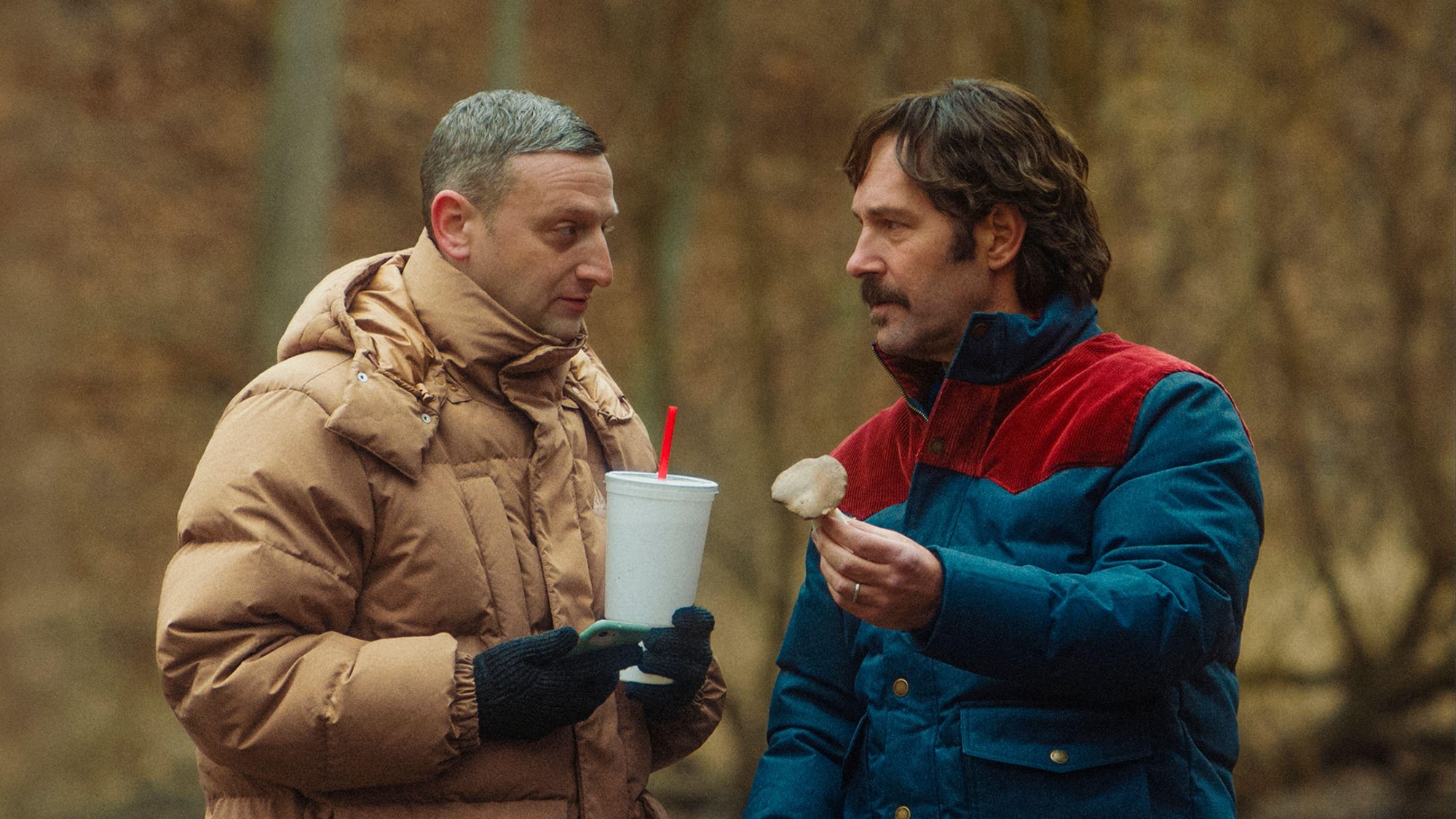 The 8 best comedy movies of 2025
The 8 best comedy movies of 2025the week recommends Filmmakers find laughs in both familiar set-ups and hopeless places
-
 The best drama TV series of 2025
The best drama TV series of 2025the week recommends From the horrors of death to the hive-mind apocalypse, TV is far from out of great ideas
-
 The most notable video games of 2025
The most notable video games of 2025The Week Recommends Download some of the year’s most highly acclaimed games
-
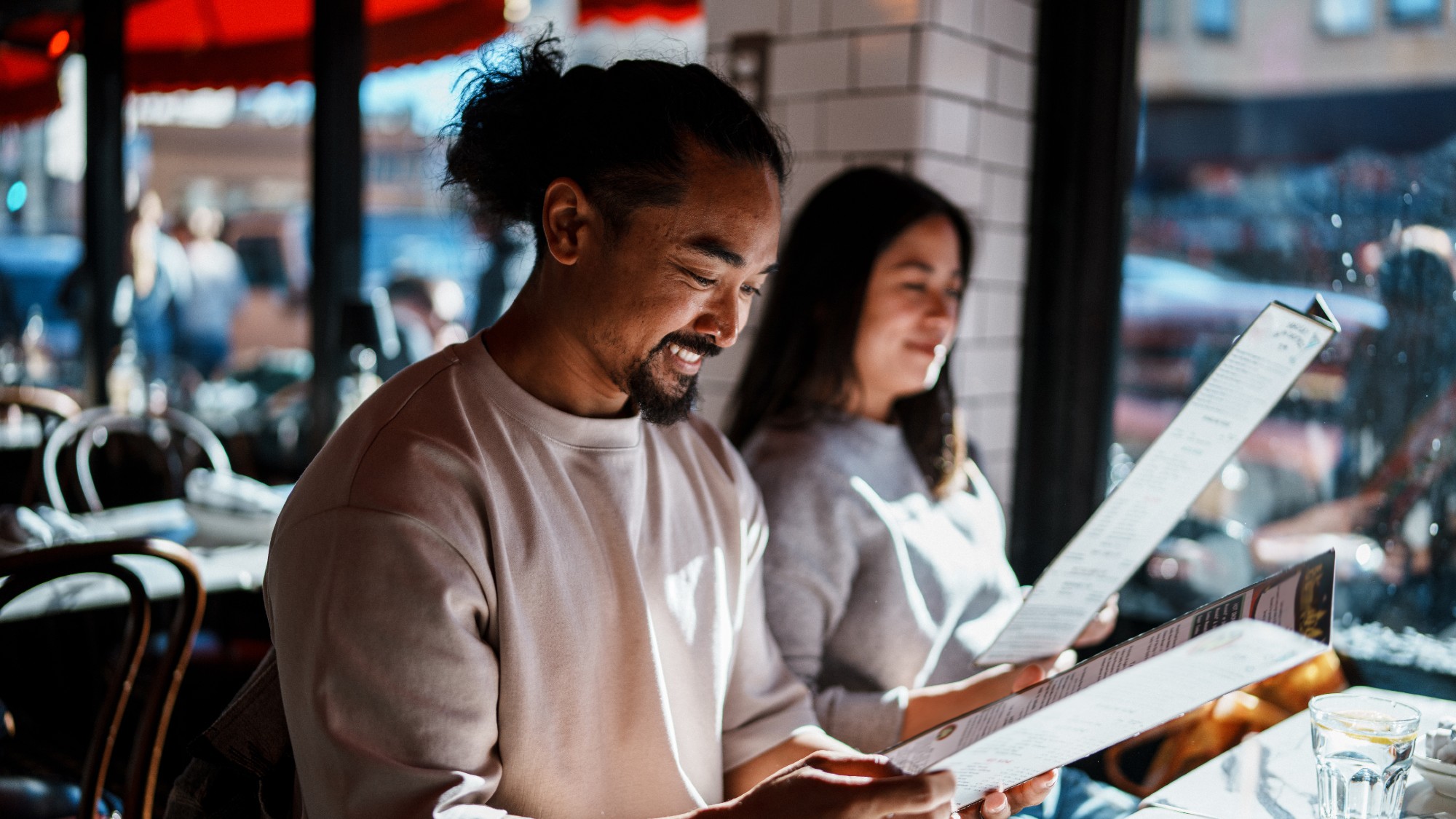 8 restaurants that are exactly what you need this winter
8 restaurants that are exactly what you need this winterThe Week Recommends Old standards and exciting newcomers alike
-
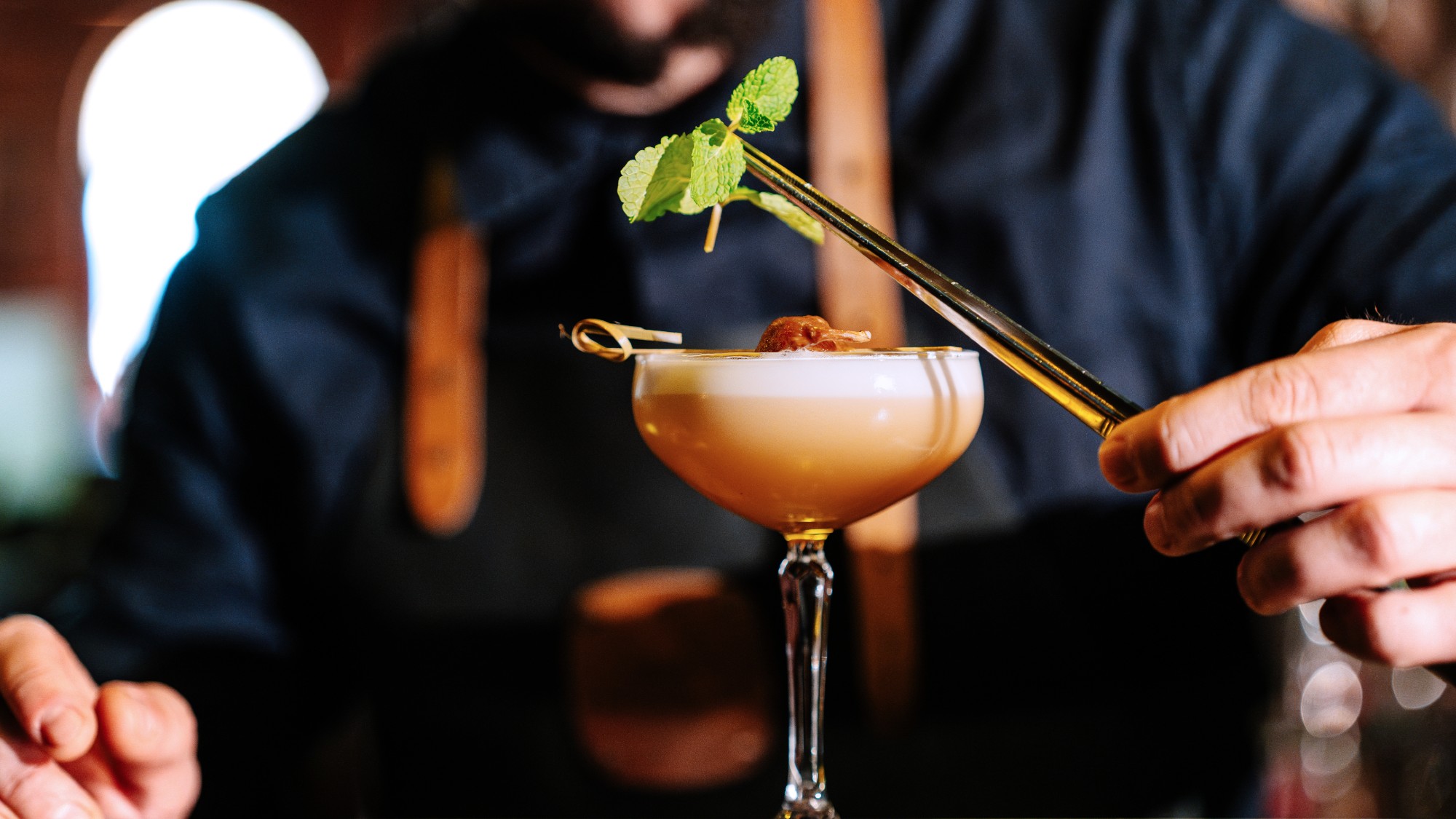 7 bars with comforting cocktails and great hospitality
7 bars with comforting cocktails and great hospitalitythe week recommends Winter is a fine time for going out and drinking up
-
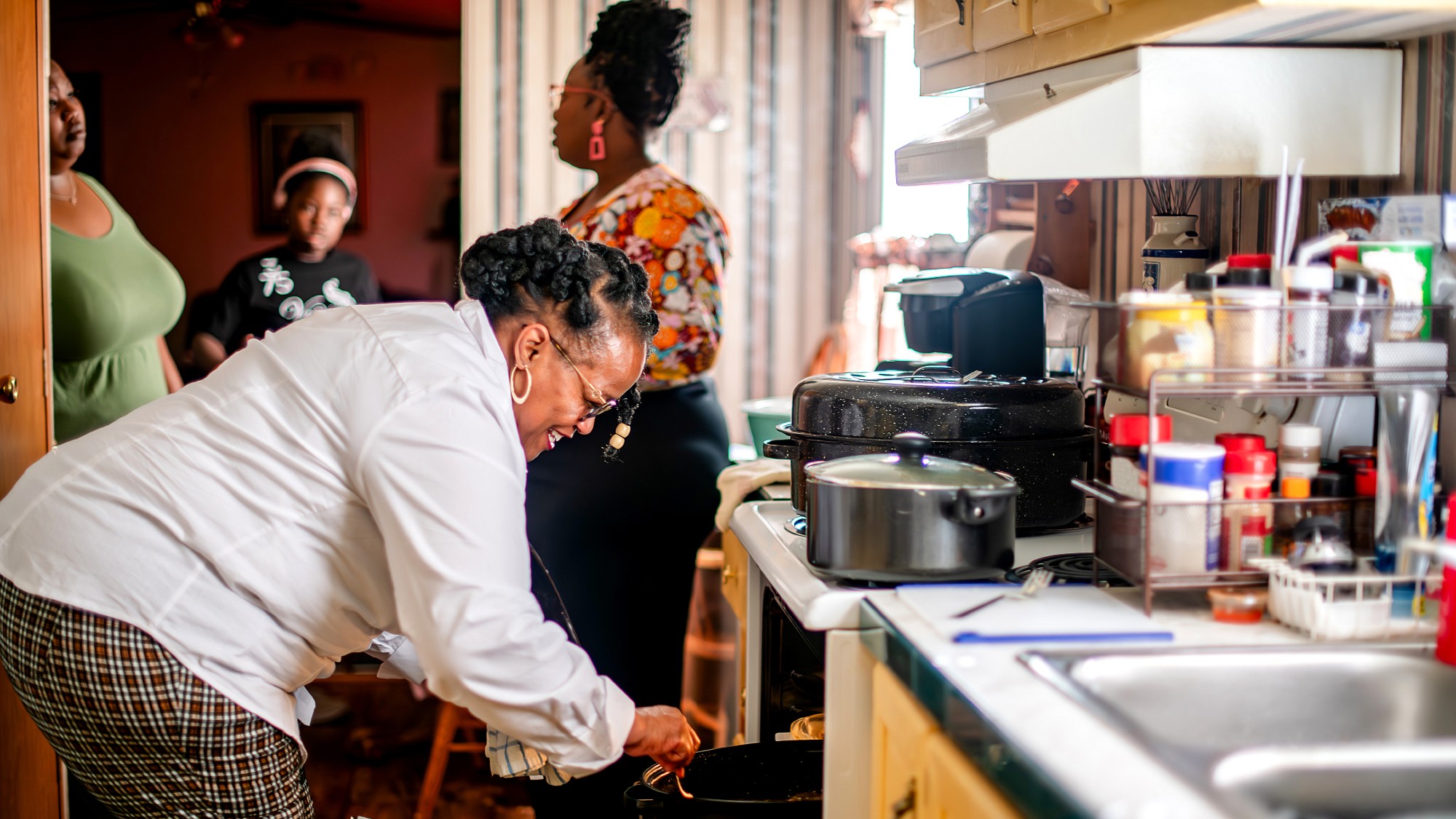 7 recipes that meet you wherever you are during winter
7 recipes that meet you wherever you are during winterthe week recommends Low-key January and decadent holiday eating are all accounted for
-
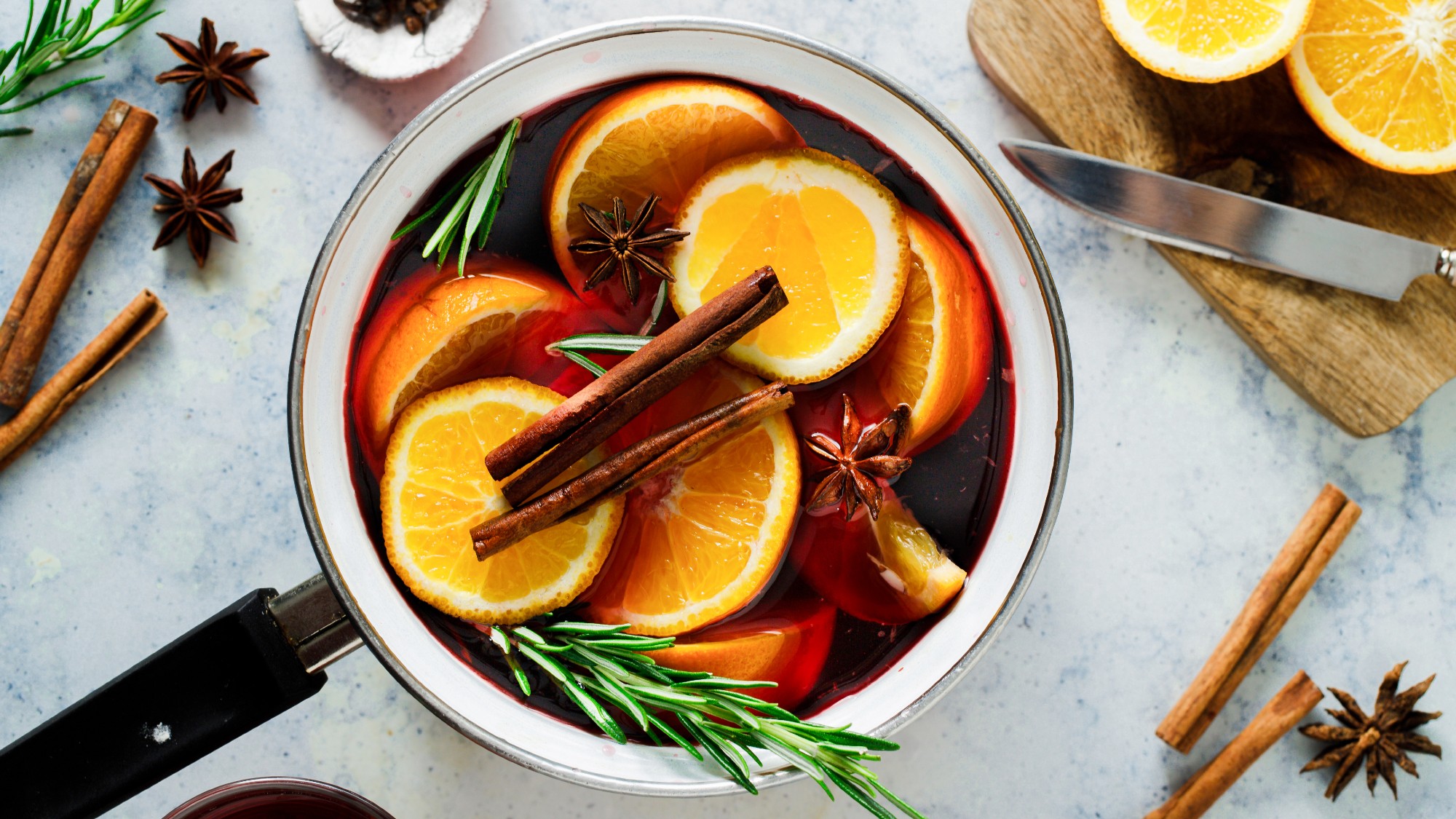 7 hot cocktails to warm you across all of winter
7 hot cocktails to warm you across all of winterthe week recommends Toddies, yes. But also booze-free atole and spiked hot chocolate.
